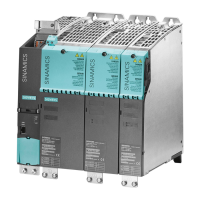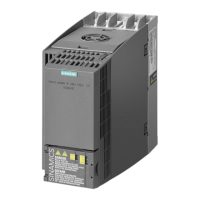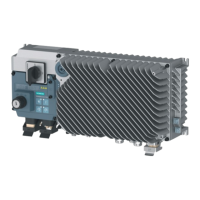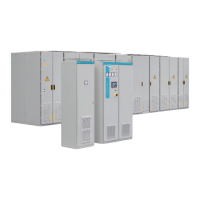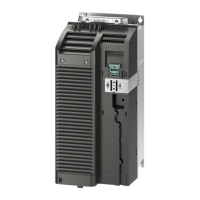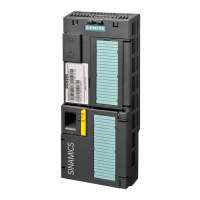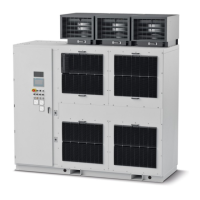Safety Integrated Extended Functions
6.11 Safety faults
Safety Integrated
Function Manual, 05/2010, A5E03264275A
109
Priorities of stop responses and Extended Functions
Table 6- 4 Priorities of stop responses and Extended Functions
Highest priority ... ... ... Lowest priority
Stop response /
Extended Function
STOP A STOP B STOP C STOP D STOP F
Highest
priority
STO STOP A / STO STO STO STO STO
..... SS1 STOP A STOP B / SS1 SS1 SS1 SS1
... SS2 STOP A STOP B STOP C / SS2 SS2 SS2 / STOP B
2)
.. SOS STOP A
1)
STOP B
1)
SOS SOS STOP B
2)
Lowest
priority
SLS STOP A
3)
STOP B
3)
STOP C
4)
STOP D
4)
STOP B
2)
1)
The SOS monitoring function remains active, although the fault response in the event of a fault can no longer be
triggered because it is already present.
2)
STOP B is the subsequent stop of STOP F, which is activated after a parameterizable time. STOP F alone does not
have any effect; the active safety function is still present.
3)
The SLS monitoring function remains active, although the fault response in the event of a fault can no longer be
triggered because it is already present.
4)
SLS remains active during the braking phase, after which the system switches to SOS.
The table above specifies which stop response or safety function is set when a STOP is
triggered when a safety function is active. The STOPs are arranged here from left to right in
descending order of priority (STOP A-F).
No overall priority is assigned in the individual safety functions. SOS remains active, for
example, even if STO is requested. The safety functions that cause the drive to decelerate
(STO, SS1, SS2) are specified from top to bottom in descending order of priority.
If a field contains two entries, the stop responses and safety functions have the same
priority. Explanation:
● STOP A corresponds to STO
● STOP B corresponds to SS1
● STOP C corresponds to SS2
● When the SS2 function is active, STOP F results in subsequent stop B. SS2 remains
active.
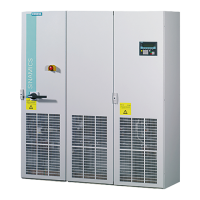
